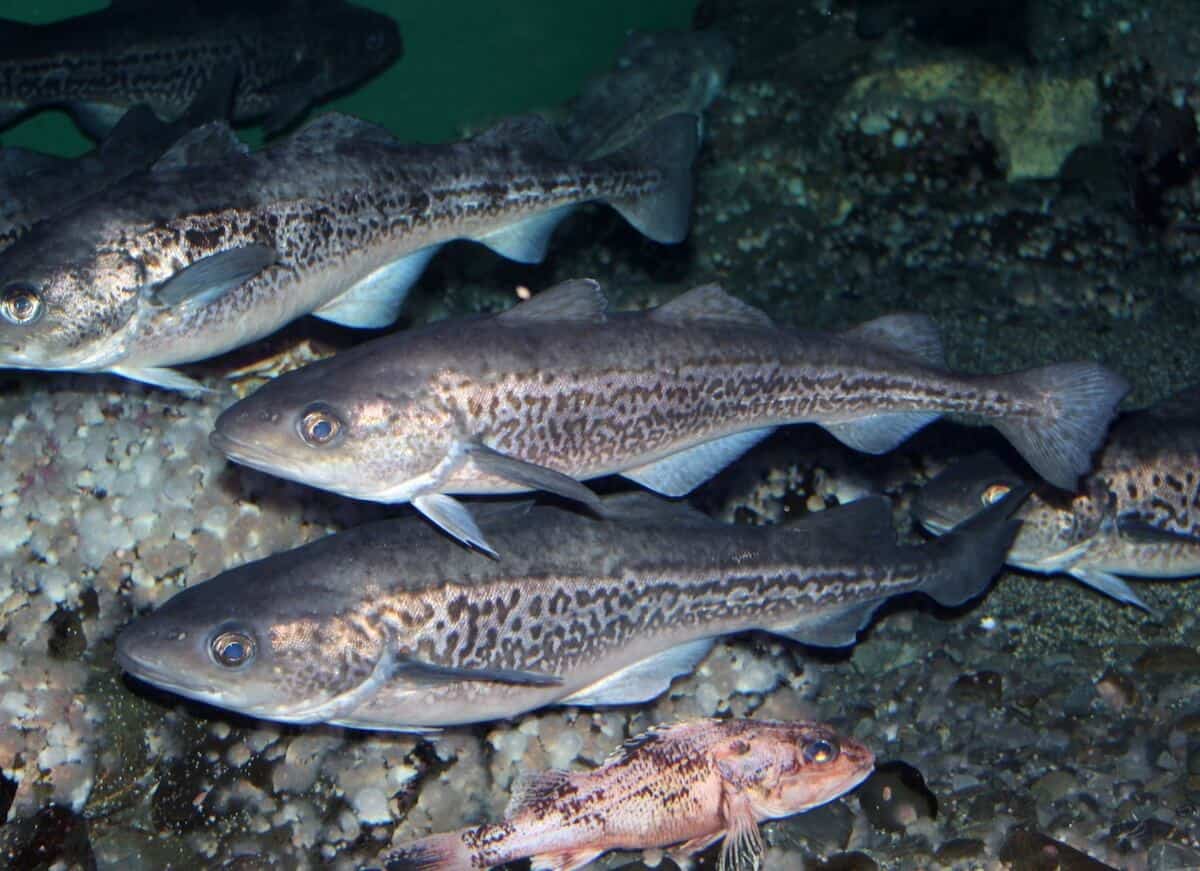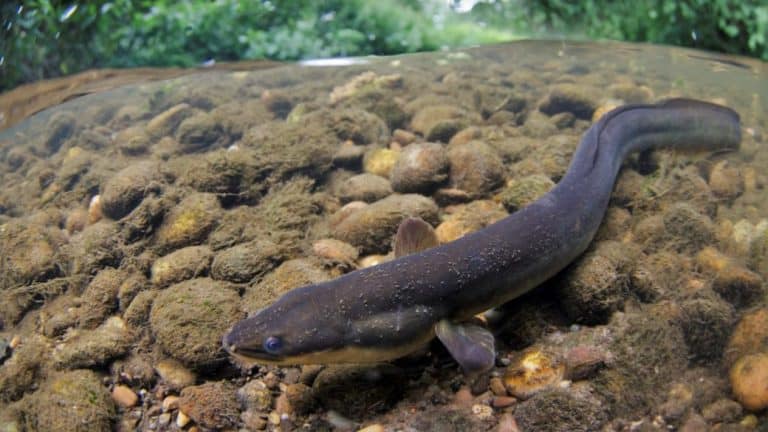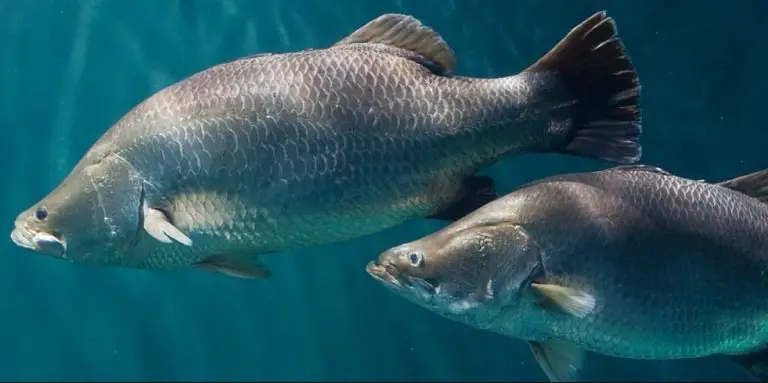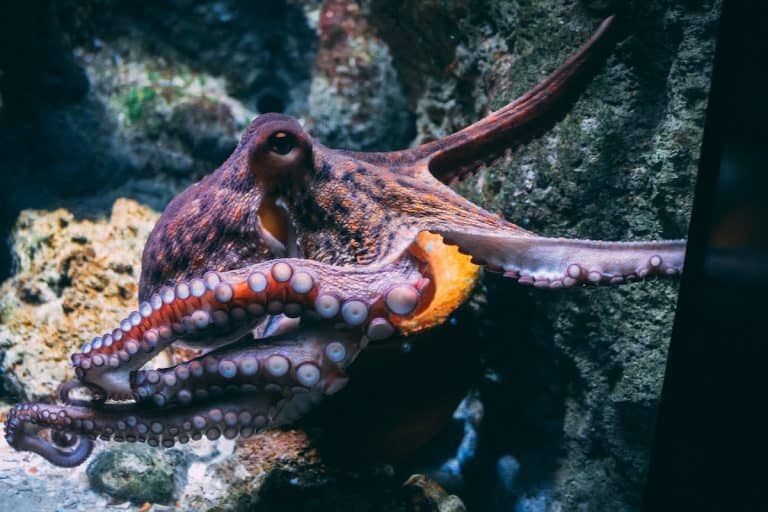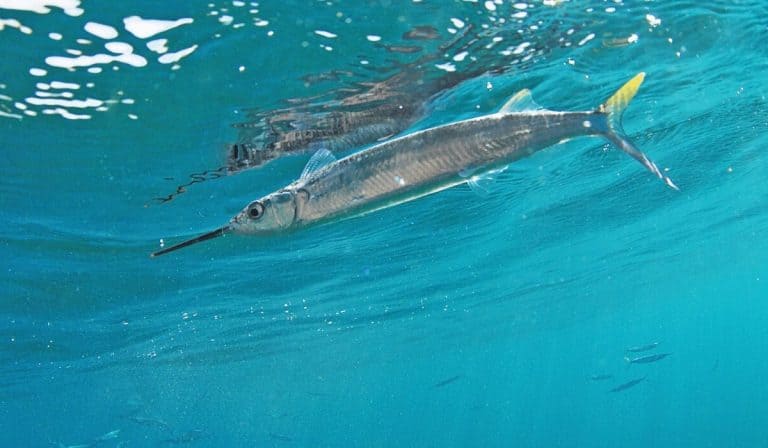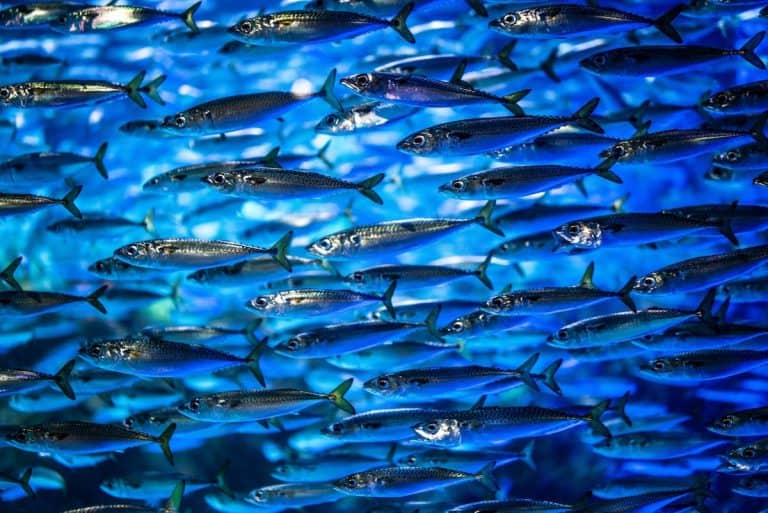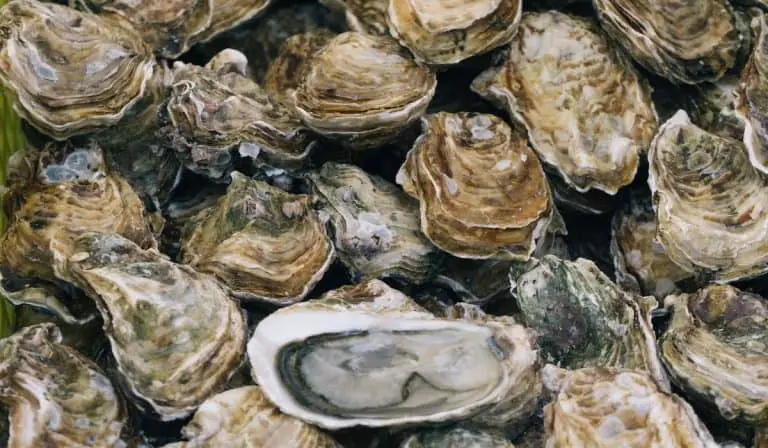What is kanikama sushi?
Kanikama is known as “imitation crab” in English, but is made from surimi, which is usually a fish like Alaskan Pollock. Kanikama is used in many types of sushi, especially maki, or rolls. The most common example is the California roll, which generally contains imitation crab and avocado.
A fish processor creates imitation crab from surimi: a blend of fish, starch, sugar, and preservatives. This surimi is then formed into long rectangular shapes with red sides, known as kanikama. The result is a flaky, slightly sweet product that somewhat resembles crab in texture, appearance, and flavor. To be clear, this is not to be confused with actual crab or kani sushi.
Source: Wild
Mercury Risk: Low
What is Alaskan Pollock?
Alaskan Pollock is the fish most commonly used to create imitation crab, and it is used in approximately fifty percent of global surimi production. The remaining product may contain threadfin bream, Pacific whiting, Japanese pollock, or other kinds of fish. Even though contains no crab, it is often labeled as such, especially in lower-quality establishments or grocery store sushi items.
Alaskan Pollock was formerly known as theragra chalcogramma, but it’s scientific name has changed. It is now referred to as Gadus chalcogrammus.
DNA sequencing has revealed that, despite appearances, Alaska pollock are closely related to Atlantic cod. In fact, Alaska pollock are closer to Atlantic cod than Pacific cod are to Atlantic cod. Reassigning Alaska pollock to the cod genus, Gadus, is consistent with the best scientific evidence available at this time.
FishWatch
Is kanikama or surimi sustainable?
Theoretically, when sourced from a well-managed fishery, kanikama can be an environmentally friendly option that is low in mercury. Also, supporting this industry can help ease the pressure on many of our flagging crab stocks. As such, imitation crab was once one of the most sustainable options at the sushi bar. Lamentably, this is no longer the case.
The Alaska pollock fishery is showing signs of stress and abuse that give many environmental groups and fishermen cause for concern. For five years running, the stock has seen lower levels of recruitment (new fish in younger age classes) than historical trends would lead researchers to expect. Overall stock levels have severely declined as well, taking the overall populations to levels only previously reached in the late 1970s — a time when the fishery was open to international fleets and was being heavily over-exploited.
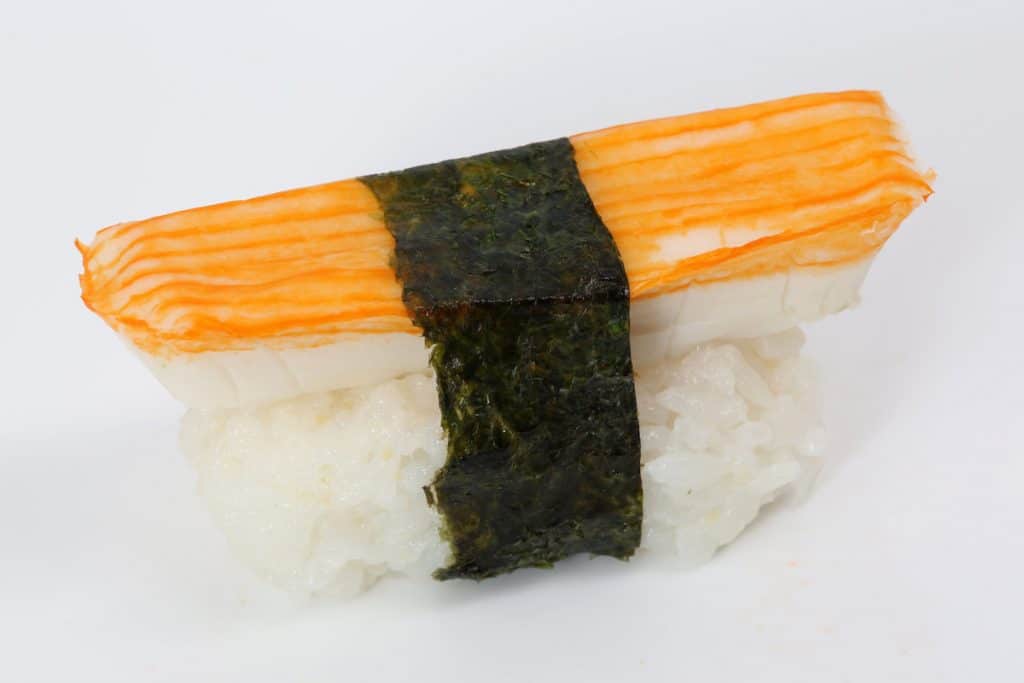
Photo by Tim Reckmann via Flickr
Bycatch levels are also higher than one would like. An increase in overall CPUE (Catch Per Unit of Effort — a measurement of the amount of resources and manpower needed to produce a given amount of fish) has led to increased mortality among co-habiting salmon. Local sea birds and marine mammals are also being affected; strong links are being drawn between the pollock fishery and a downturn in northern fur seals and the endangered Stellar’s sea lion.
Pollock trawls are impacting sensitive seabed habitats as well — new explorations in the Bering Sea have revealed rich areas of endemic corals. Unfortunately, these areas are not yet protected from fishing, and the pollock fleet is freely operating in coral beds which should ideally be listed as no-take zones.
Most troubling, however, is the reaction on the part of the Northern Pacific Fishery Management Council (NPFMC), a federal body that is responsible for setting the yearly pollock quota. Rather than use the aforementioned concerns as justification to pare down the fishery and reign in some of its more worrisome aspects, the NPFMC instead did the exact opposite and increased the allowed amount of king salmon bycatch to 60,000 fish.
This is poor management from an environmental standpoint. The pollock fishery’s regulations are such that when the bycatch cap for salmon is reached, the fishery is immediately shut down for the year. This increase in tolerable bycatch numbers reflects the rising CPUE within today’s pollock fishery, but rather than move to rebuild the fishery, it simply allows for greater and more damaging exploitation.
Conclusion
Alaskan pollock surimi is a no longer a defensible choice at the sushi bar. The fishery is certified by the Marine Stewardship Council but has demonstrated questionable management in the face of recent trends, populations are quickly diminishing, and bycatch levels are much higher than can be tolerated. Whether processed pollock is actually a more sustainable option than the king or snow crab that it seeks to replace is now a matter for debate.
Surimi from other sources is also a dubious selection. Some fisheries have few or no regulations, and any number of other species may be affected, or even included in the processed product. Given the current situation, it’s best to limit, if not eliminate, your consumption of kanikama or surimi.
Casson Trenor
Casson Trenor is a frequent commentator on sustainable seafood issues. He has been featured in regional, national, and international media outlets, including CNN, NPR, Forbes, New York Times, Boston Globe, Christian Science Monitor, San Francisco Chronicle, Los Angeles Times, Seattle Times.

